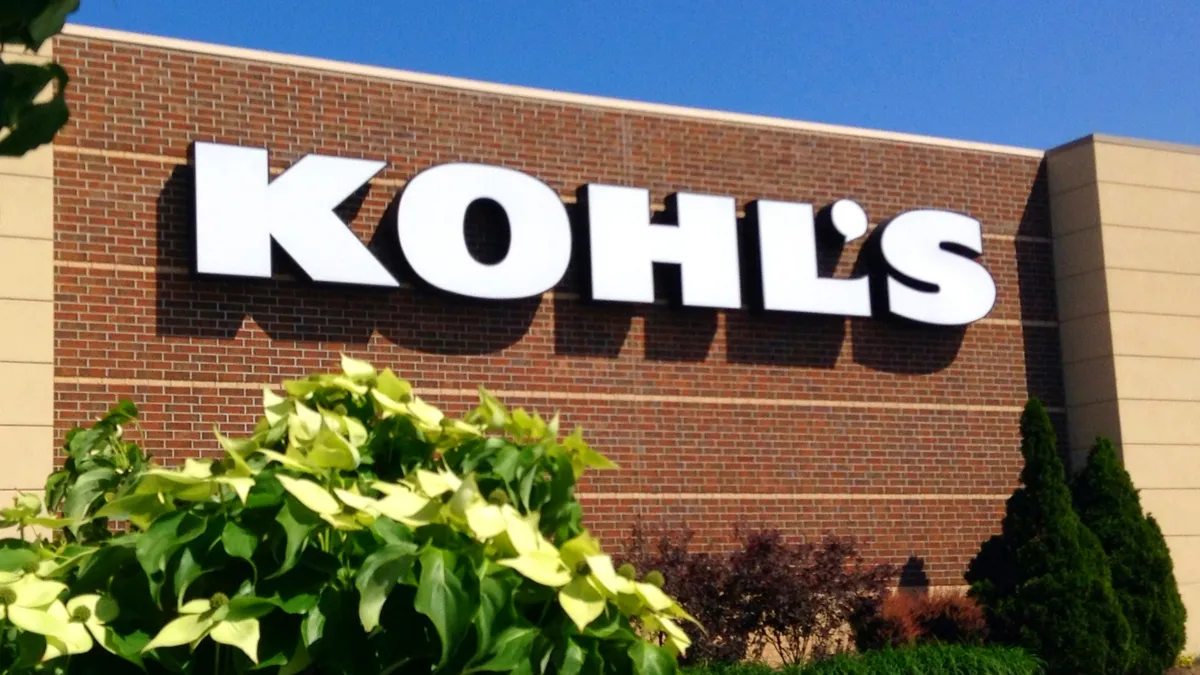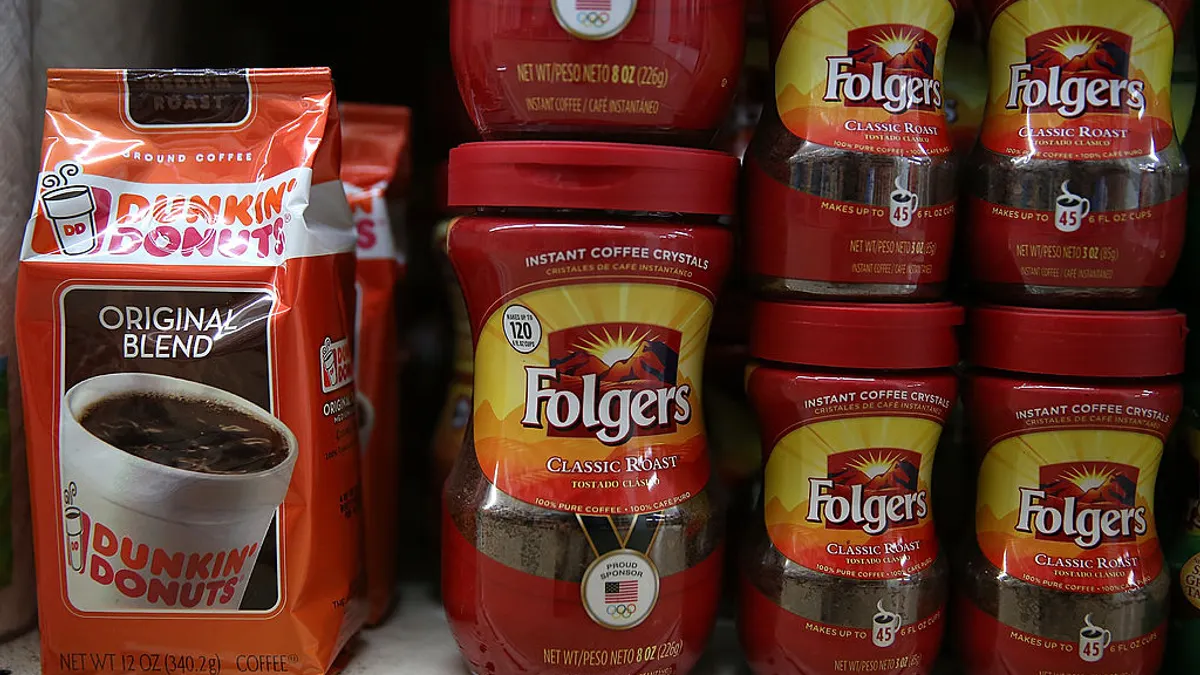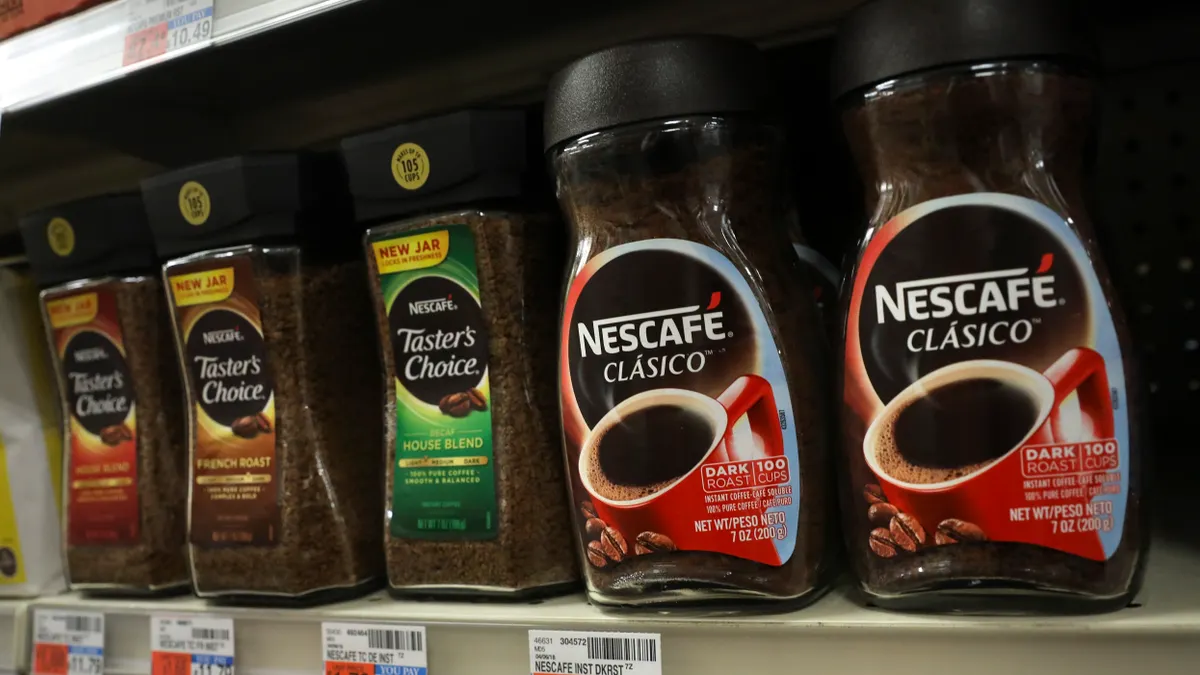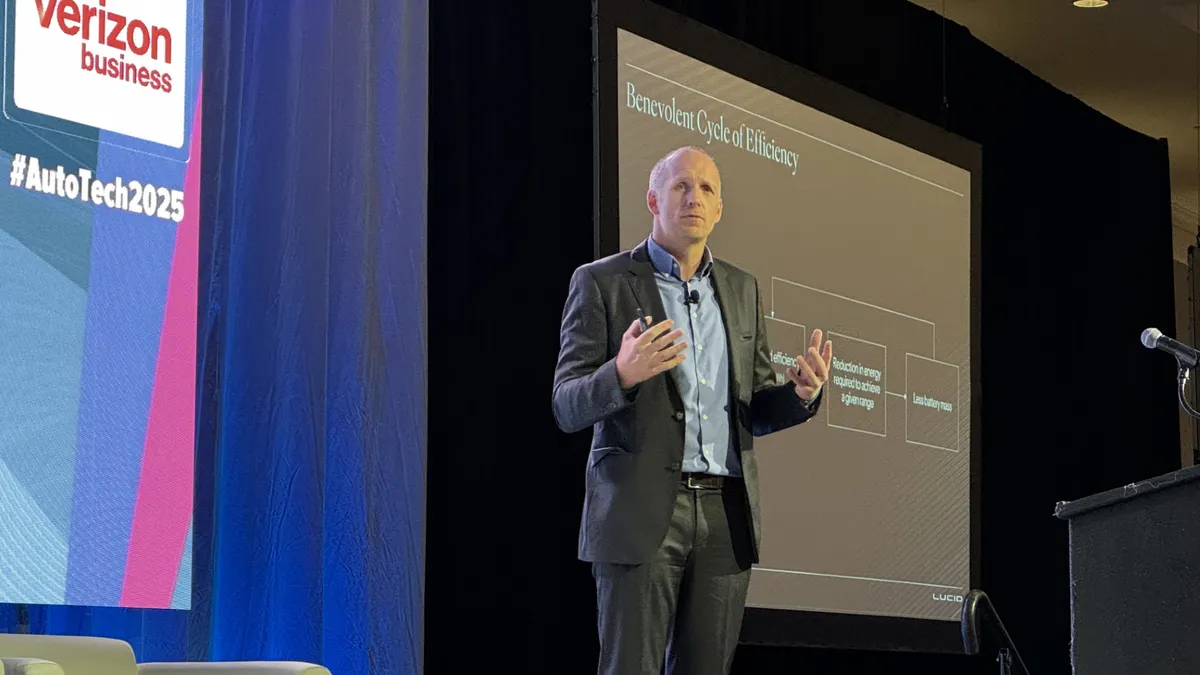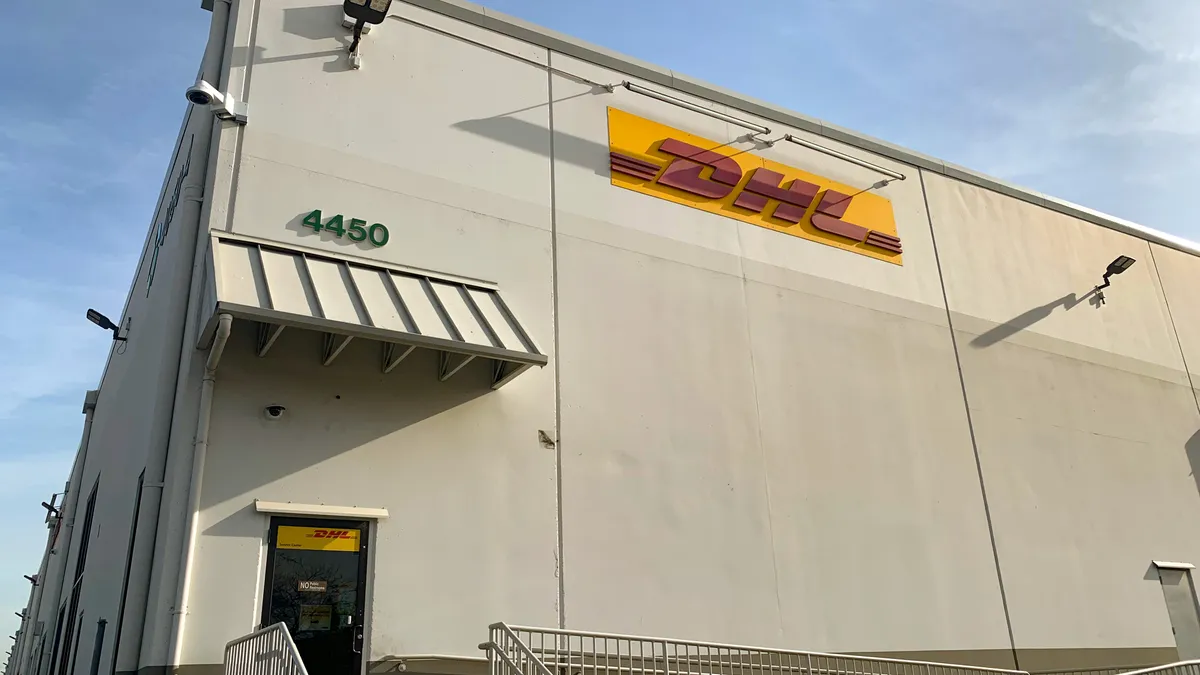Editor's Note: The following is a guest post by Gary M. Barraco, director of global product marketing at Amber Road.
Who knew? Avocados are one of the most complex products to ship internationally. They do not ripen on the tree, but once harvested they need to be handled with great care. Handlers delay the softening process by pre-cooling the fruit immediately after picking. Then during transportation, they need to be stored at optimal temps and shipped expeditiously so the cargo is at the desired stage of ripeness upon reaching destination.
Who cares? Last year, the industry was buzzing about the first practical application of blockchain technology, and avocados were the test product. Maersk, the global shipping giant, is expected to announce it is using IBM’s version of the blockchain to track the avocados, flowers and machine parts it carries on its enormous cargo ships.
The highly-sensitive, speed-critical product — the avocado — was at the center of the Maersk/IBM blockchain initiative, and an example of how this technology can be used to share traceability data to benefit supply chains.
While food and other consumables are the most vulnerable to aging in-transit, consumer trends and buying habits have importers/exporters looking at every product with concern.
Speed-to-market is the hallmark characteristic of an ideal supply chain. Actually, speed is an important aspect of most societies in our world today. The pace of business changed with the evolution of the internet and the coming of the digital world.
Now both personal and commercial circles hinge on speed with instantaneous and constantly streaming multiple forms of communication. There’s instant news from other parts of the world, immediate responses from friends in another state, or live video conversations of your kids at home while you’re at the grocery store.
We live in a time where you can buy groceries from your mobile phone on the way to the gym, while waiting for the Uber you requested via the app, and checking the news feed on your watch face. All of this online information matters to consumers.
Research conducted by Gartner in 2015, show that about 57% of a purchase decision is made before the customer even talks to a supplier. Technological advances in the last two years alone have likely driven this number higher today.
Now, bring on the "Amazon effect" — the retail disruptor that has caused dramatic shifts in consumer buying habits and demands. What this means for supply chain executives and logisticians alike, is the need to be better at getting the right product at the right time to insistent customers. But even more important, the trend for fast fashion isn’t slowing down.
Last year, Kurt Salmon, a division of Accenture Strategy, reported that young consumers (age 18 to 24) are buying a fashion item at least every two weeks. The research encouraged retailers to gear up to “meet growing demand for fast, on-trend, fashion-led style.”
Believe it or not, apparel and other fashion products are as perishable as avocados. Fashion trends move so quickly, giving retailers a small window of opportunity to get the sale before the fad "goes bad." This is why the leaders in fast fashion work in "weeks" not months, with that clock speed in step with the quickening pulse of fashion itself.
There is more to it than just lightning lead times, their entire business models are oriented around agility; they look for new trends and create shortened design-to-build cycles that can respond rapidly.
When it comes to being agile, normal efficiency practices don’t cut it. There’s a limit to how quickly even the most organized supply chain can prototype, manufacture and ship.
This level of coordination requires visibility and digitized, connected systems able to orchestrate and manage inventory and get it to customers quickly. Combining these requirements with business insight generated from structured and unstructured data and predictive analytics enables the manufacturer to know where the product is at any given point in the lifecycle – and deliver through whichever channel where consumer demand is greatest.
This is "supply chain digitization" — the ability to transform the way we do business by moving data over the web instead of on paper.
Transformational leaders are considering digital technologies that include some principal changes to the end-to-end supply chain. The lessons we can learn from fast fashion experts are more than just raw speed. Flexibility, control tower management and data analytics are also crucial methods to supply chain transformation; these are essential for matching the clock speed of modern fashion, which shows no signs of slowing down.
But when looking at technology solutions, not all supply chain management platforms are created equal. Decision makers need to be sure they are looking for providers with the following attributes:
- A very robust and comprehensive data model, able to model the global supply chain for all functions as well as all countries
- In addition to the digitization of the global supply chain data, digitization of the export and import regulations for all countries; this allows for the automated processing of those regulations
- A rich set of capabilities to allow for the sharing (collaboration) of information as well as automation functions to perform the tasks required without human intervention
By digitizing the global supply chain and leveraging collaboration, automation, analytics, and achieving flexibility, a robust and comprehensive GTM platform creates value by not only providing speed-to-market to stay on pace with the fast fashion manufacturers, but also improve margins, agility, and risk management.
Beating the fast fashion front-runners means leveraging the right solutions to become not just faster, but the fastest.
Gary M. Barraco is the director of global product marketing at Amber Road.





